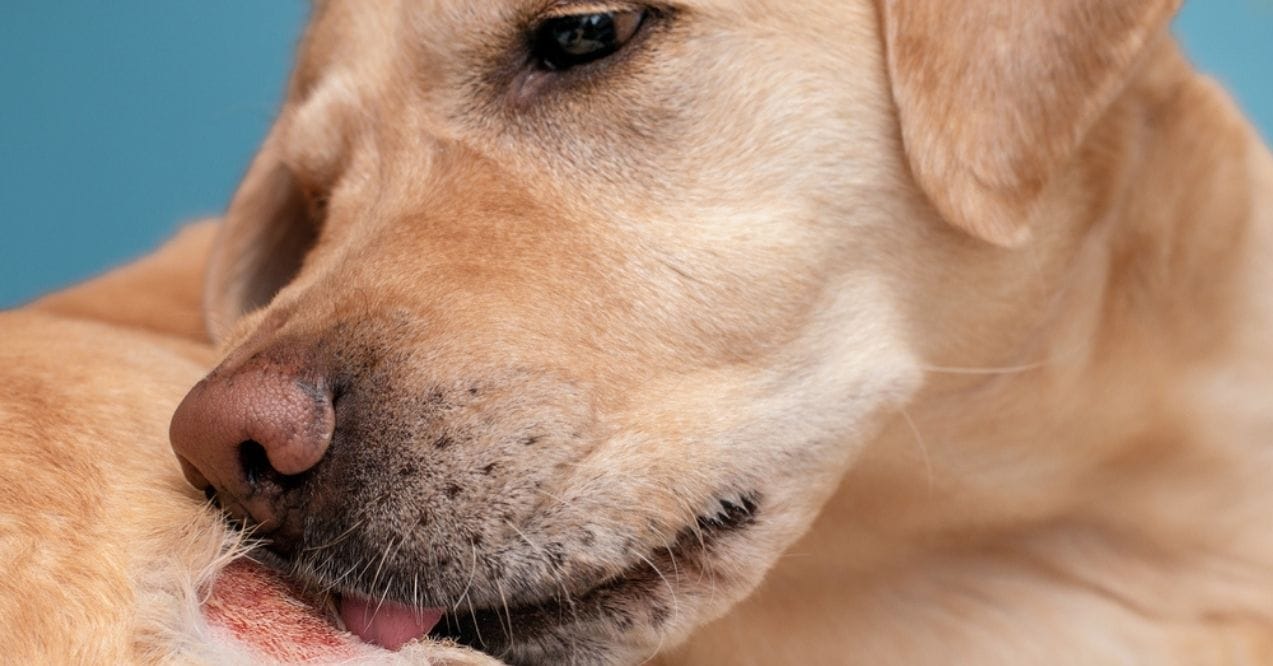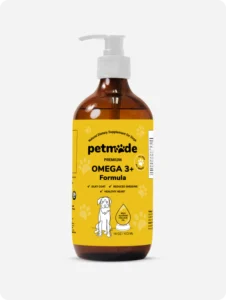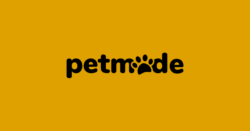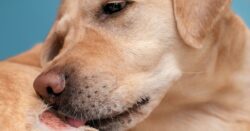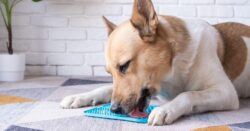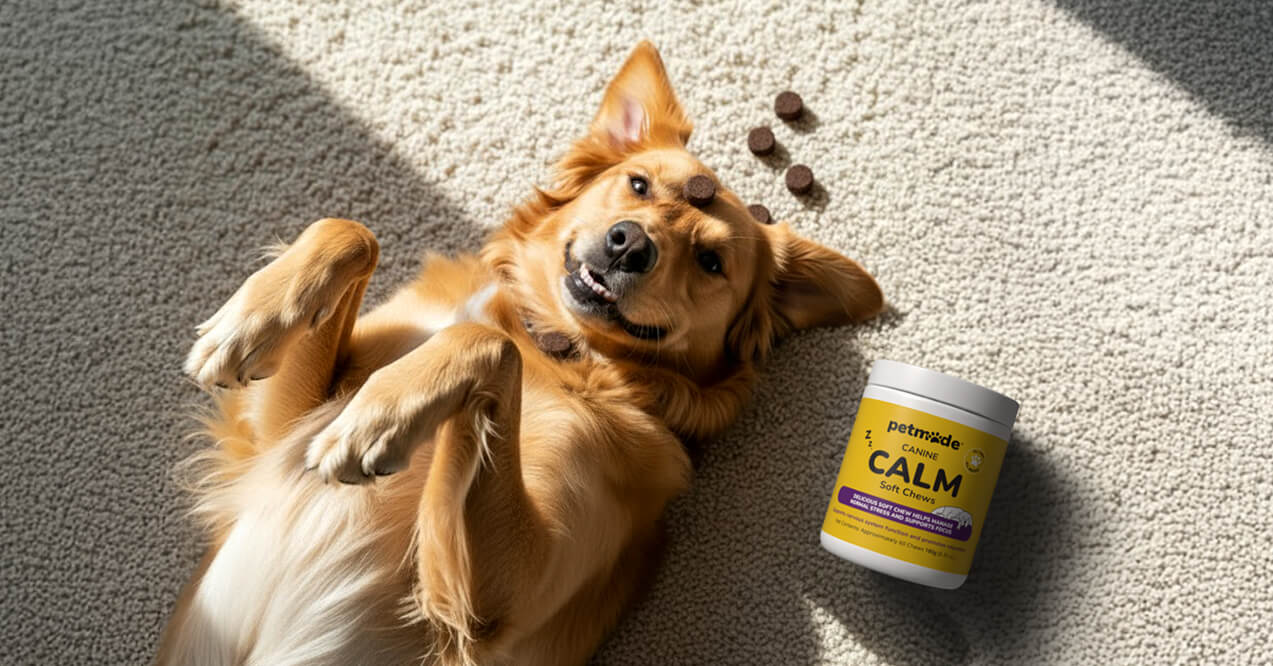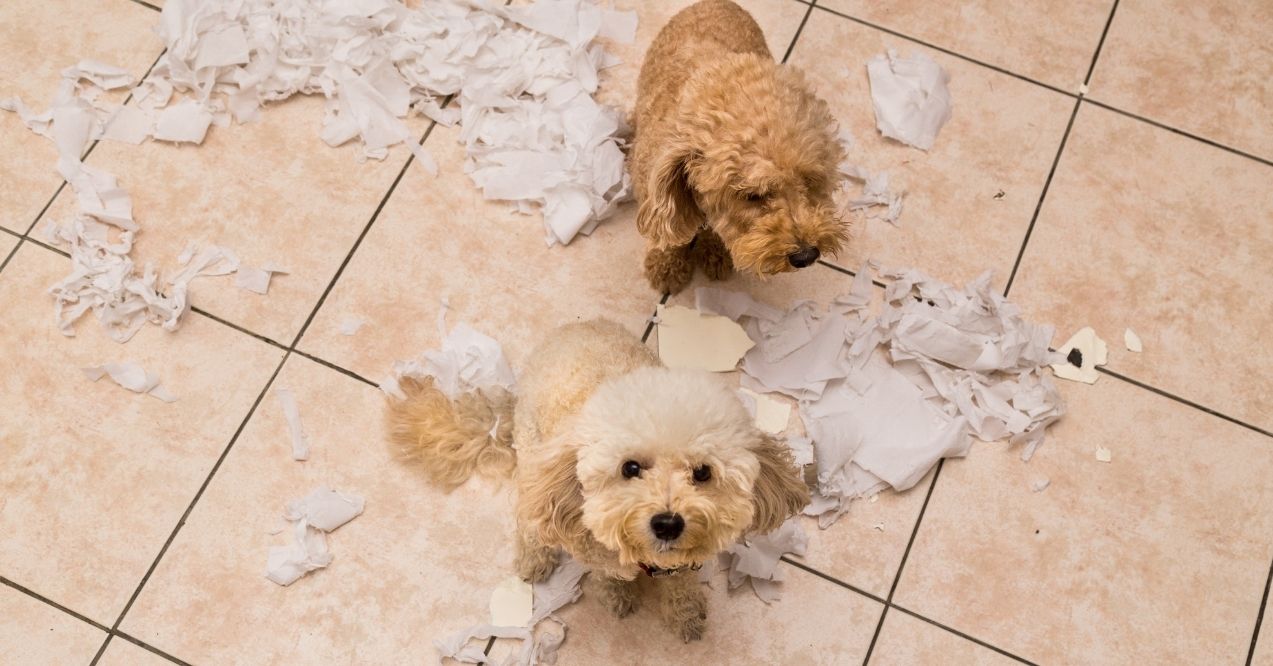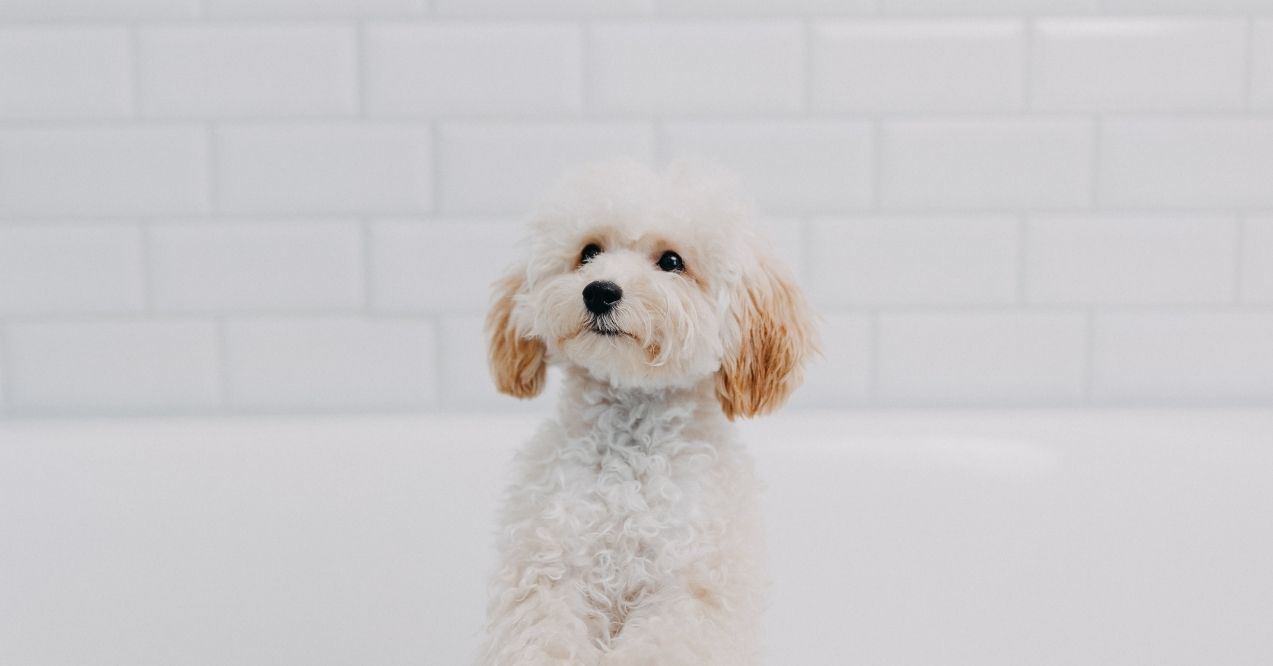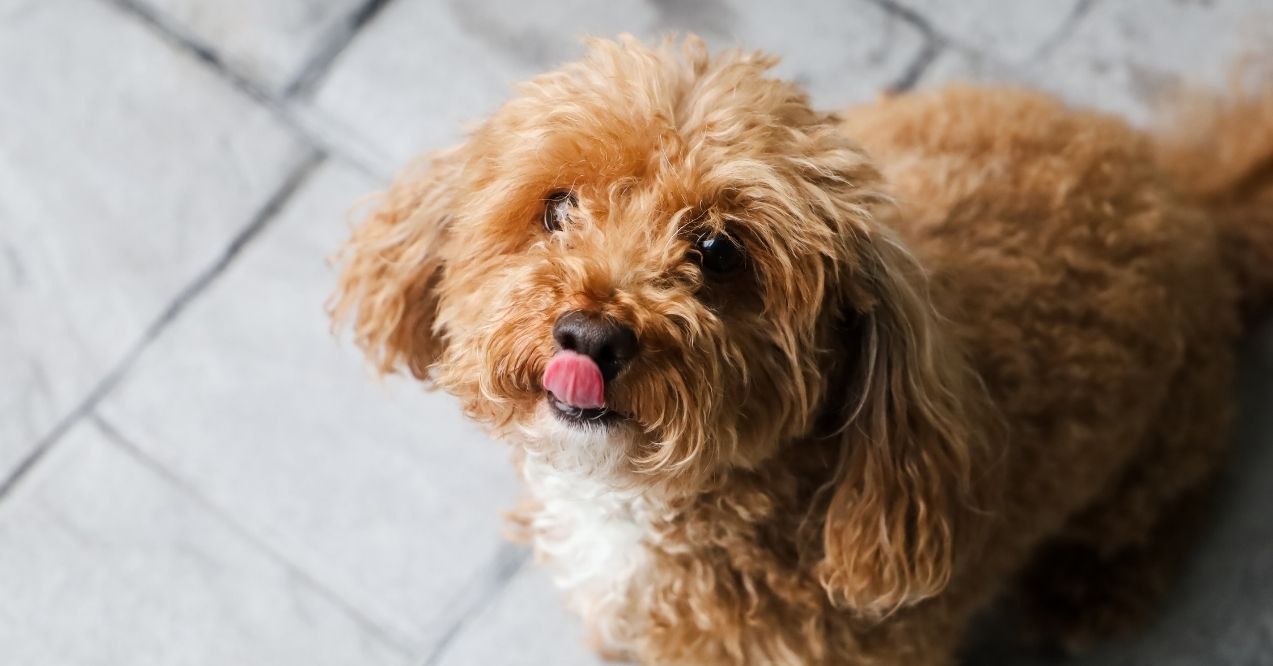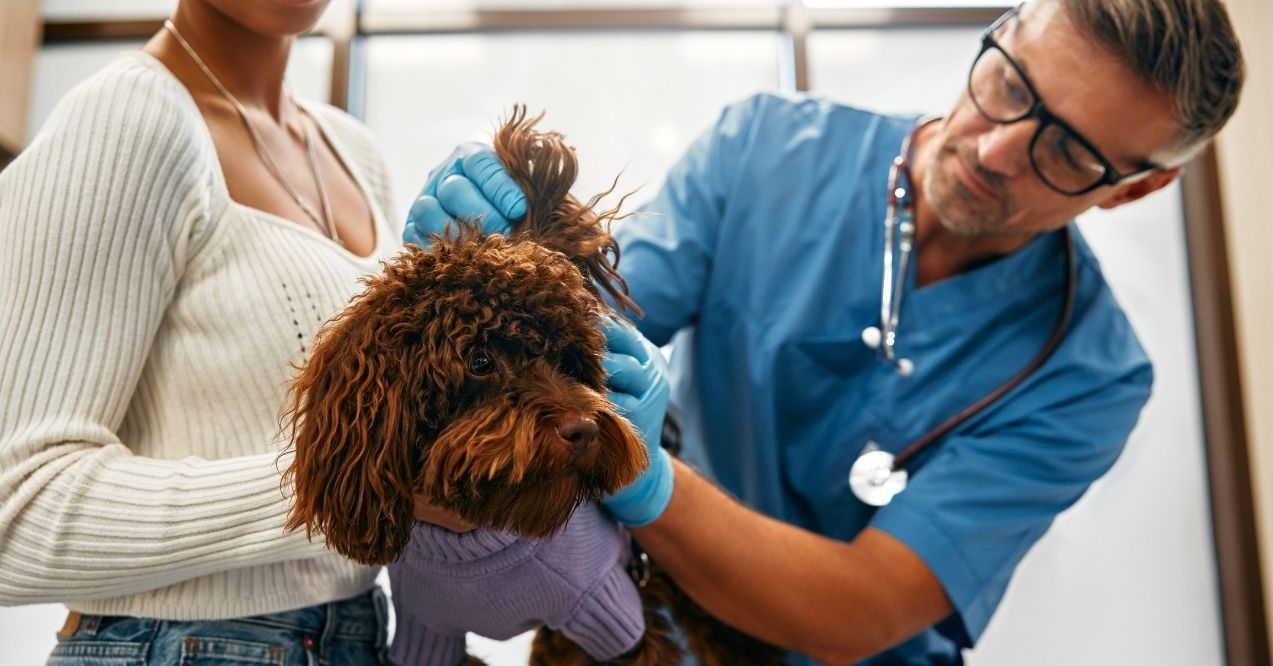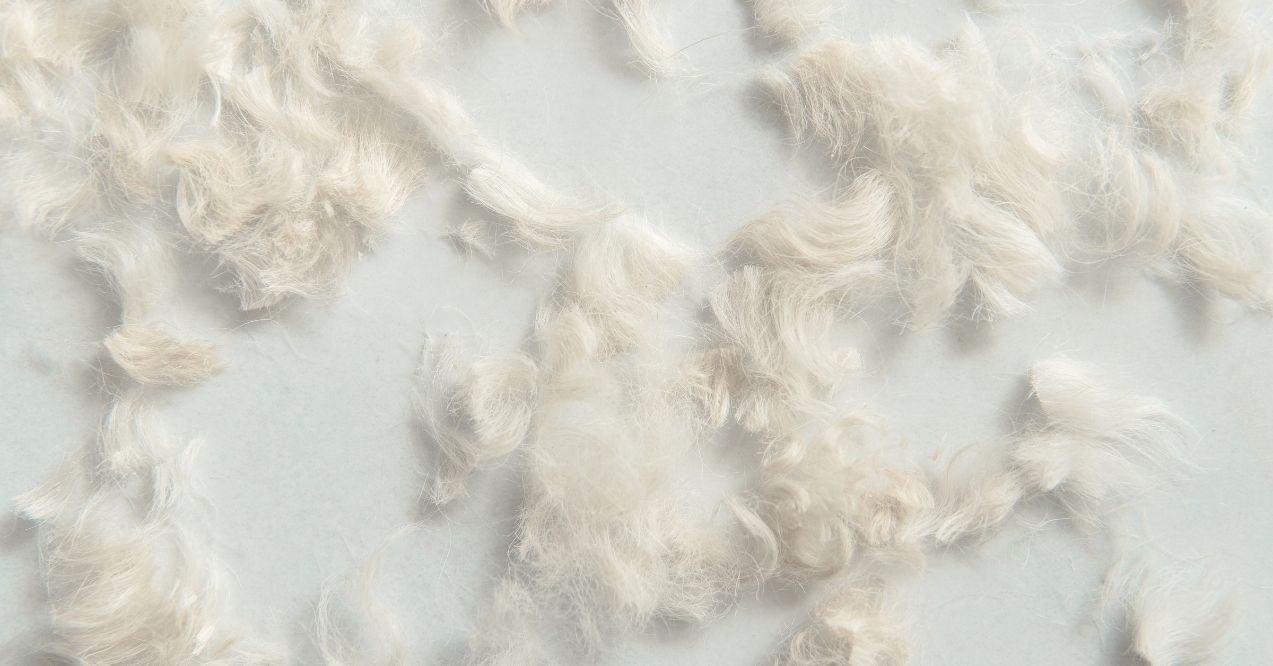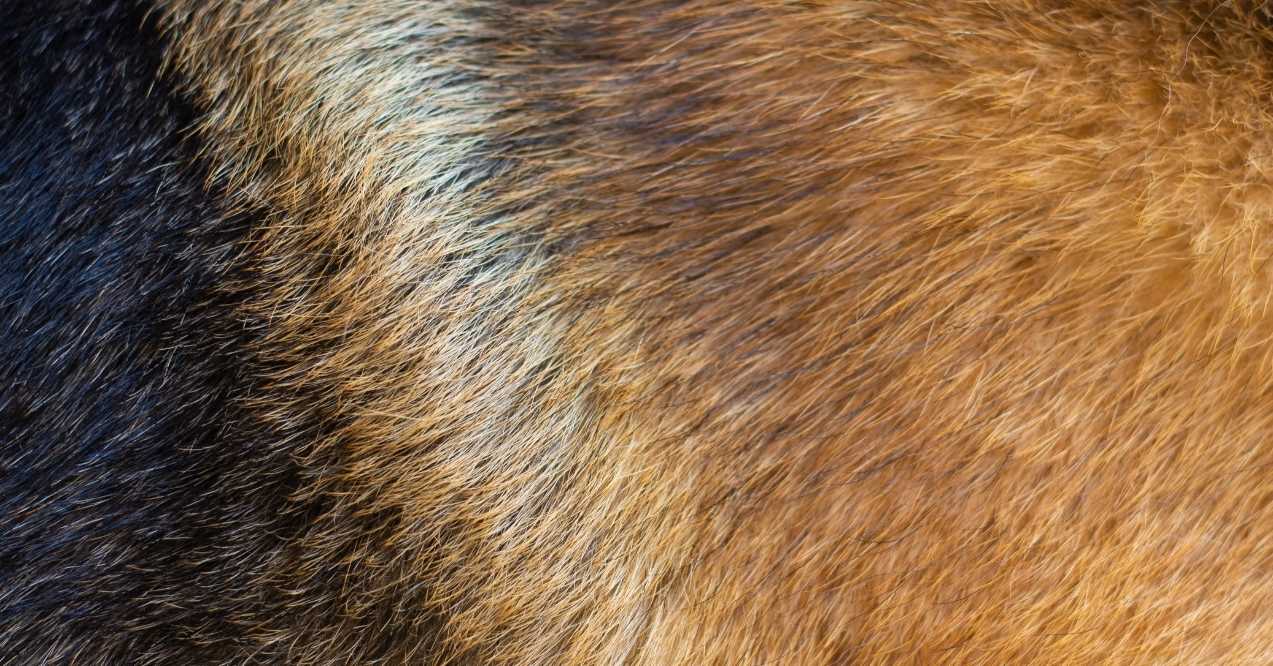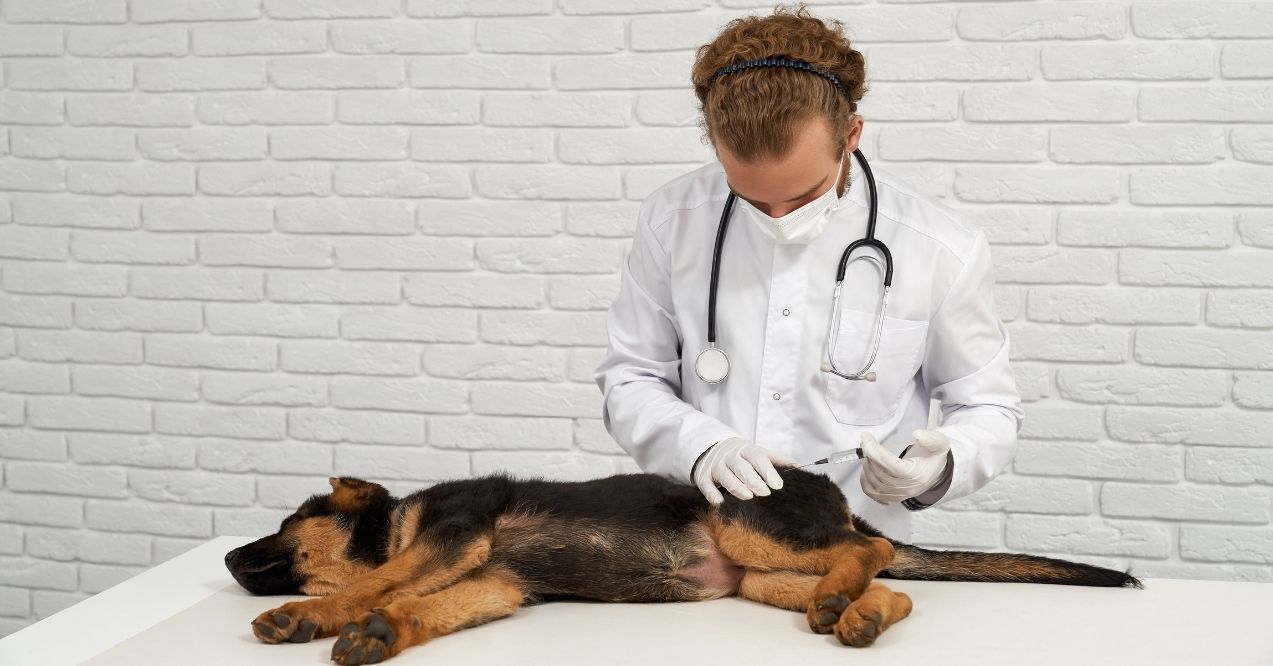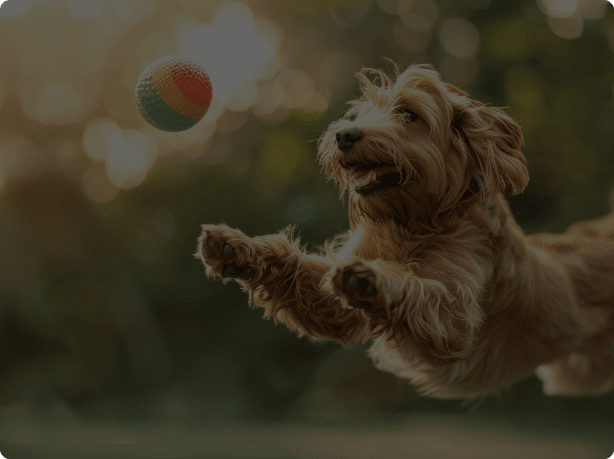7 Labrador Retriever Skin Problems and Treatments
Labrador Retriever skin problems can sometimes catch even the most attentive pet owners by surprise. Known for their boundless energy and thick, water-resistant coats, Labradors are beloved for their playful personalities and loyalty. However, studies and veterinary sources indicate that skin issues are prevalent in this breed.
By understanding the most prevalent skin issues Labradors may face, you can take essential steps to maintain their health and happiness. With proper care and attention, you can alleviate potential discomfort and foster a healthier, more vibrant life for your beloved furry friend.
1. Hot Spots
Hot spots, a common skin condition in Labs, often develop when moisture gets trapped in their thick coats, especially after swimming or during warm weather. These irritated areas can lead to persistent licking, causing red, moist patches on the skin, typically around the head, neck, or hips. If your Labrador is frequently licking or scratching a particular spot, it’s important to take action before the irritation worsens.
To alleviate discomfort, start by gently clipping the fur around the affected area to allow airflow and prevent further moisture buildup. Keep your Lab’s coat dry after baths or swims by thoroughly drying them with a towel or blow dryer on a cool setting. Regular grooming is key to preventing future hot spots, and using a gentle, soothing solution can promote faster skin recovery. By maintaining a clean, dry coat, you can help your Lab stay comfortable and itch-free year-round.
2. Oily, Flaky Skin
Labrador Retriever skin problems can sometimes manifest as oily, flaky skin due to an imbalance in natural skin oils. You might notice greasy patches on your Lab’s coat or dry, dandruff-like flakes, both of which can lead to irritation if not addressed. To help your Lab feel more comfortable, consider using a gentle, soothing shampoo designed for dogs with sensitive skin.
Natural supplements like omega-3 oils are also great for promoting balanced skin hydration and can help alleviate both excess oiliness and dryness. A regular grooming routine is key to supporting healthy skin renewal and preventing further discomfort. By staying consistent with baths, brushing, and proper hydration, you can keep your Lab’s coat shiny and their skin healthy all year long.
3. Sensitive Skin
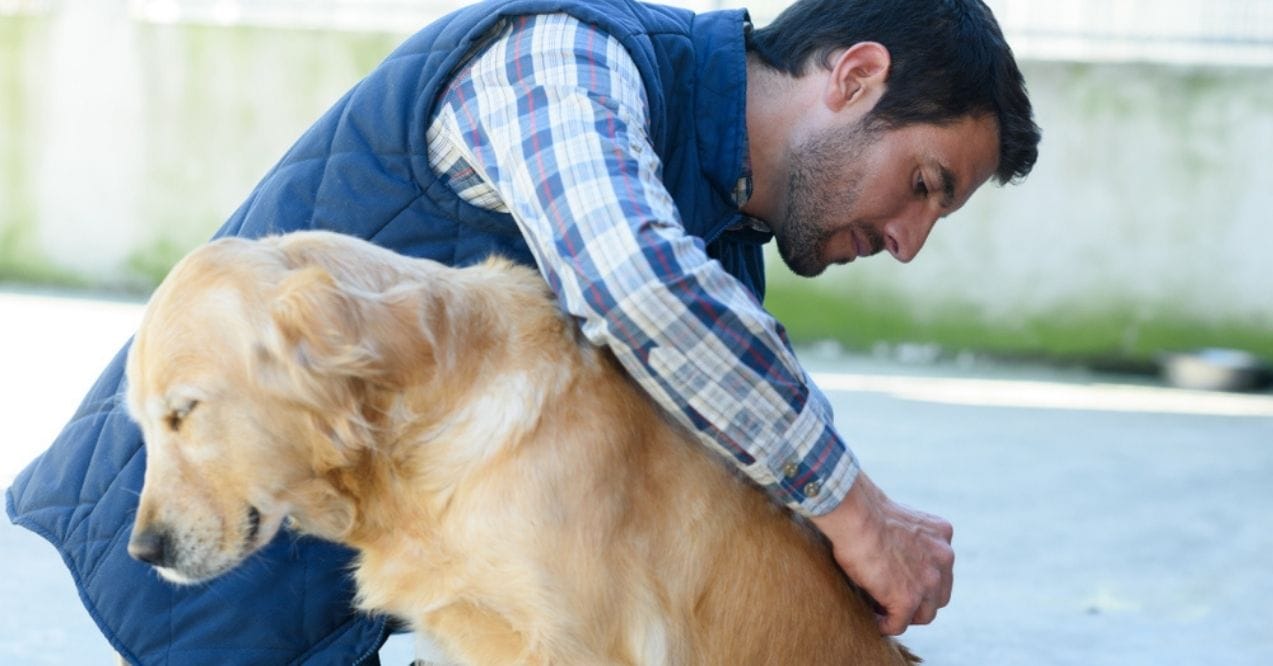
Sensitive skin can be a common concern in Labs, often resulting from scratching or environmental factors. Lab dog skin problems like bumps, redness, and patches of hair loss may arise, especially in areas with thicker fur or skin folds. You might notice your pup feeling extra sensitive or uncomfortable in these spots.
To support your Lab’s skin health, regular brushing and gentle baths using mild dog shampoos are essential. Keeping your Lab’s coat clean and free from irritants will go a long way in promoting comfort. Maintaining a clean environment, along with proper grooming, helps reduce the risk of skin irritations and keeps your Lab feeling their best.
4. Clogged Hair Pores
Clogged hair follicles can be a common cause of Labrador Retriever skin issues, especially in dogs with thick, dense fur. You might notice small raised bumps or patches of hair loss, which can indicate follicle irritation. To keep your Lab’s coat healthy and their hair follicles clear, use natural grooming products designed to support skin health.
Regular brushing is key to preventing buildup and promoting good circulation. Additionally, opt for hypoallergenic shampoos and gentle grooming practices to minimize irritation and keep your Lab’s coat looking and feeling its best.
5. Skin Irritation

Skin problems in Labrador dogs can often stem from environmental factors or parasites, leading to discomfort and constant itching. You may notice signs like redness, hair thinning, or intense itching, especially around sensitive areas like the ears and paws. To help alleviate this irritation, consider using natural sprays and conducting regular coat checks to catch any issues early.
Remember, maintaining a clean living space is crucial – regularly wash your dog’s bedding and use safe, gentle products that help protect their skin barrier, ensuring your Lab stays comfortable and itch-free.
6. Yeast Issues
Moisture-related skin issues, such as yeast overgrowth, are common in Labradors, particularly in areas like the paws, ears, or skin folds. You might notice greasy, irritated skin and a distinct odor, especially around these areas. Regular cleaning with mild, dog-safe solutions is crucial to keeping the skin dry and comfortable.
Using natural sprays can also help control moisture and support skin health. Pay special attention to cleaning and drying these areas after baths or outdoor play to minimize the risk of yeast issues and keep your Lab’s skin feeling fresh and irritation-free.
7. Dandruff and Dry Skin
Dandruff and dry skin are common skin conditions in Labs, often caused by environmental stress or a lack of proper hydration. You might notice visible flakes, itching, and a dull coat as signs of dryness. Regular grooming helps remove dead skin cells and stimulate your Lab’s natural oils, promoting a healthier coat.
Additionally, keeping the indoor air humid and ensuring your dog stays hydrated, especially in dry climates, is essential. While grooming plays a key role, providing a clean, comfortable environment also helps alleviate discomfort and keep your Labrador’s skin balanced and nourished year-round.
Daily Care to Minimize Skin Problems in Labrador Dogs
Managing Labrador Retriever skin issues begins with daily care. A balanced diet rich in omega-3 supplements can help promote a shiny, healthy coat and support overall skin vitality. Regular grooming is essential for removing dead hair, preventing tangles, and distributing natural oils throughout your Lab’s coat.
Moreover, keeping your dog hydrated, both through their diet and by ensuring a comfortable environment, helps maintain supple skin, especially during seasonal changes. Make it a habit to check your Lab’s coat for any signs of discomfort or imbalance, so you can address issues early and keep their skin healthy and happy year-round.
Conclusion
Caring for your Labrador Retriever’s skin problems is essential to their overall well-being. By staying proactive with regular grooming, maintaining a balanced diet, and addressing any skin issues early, you can help alleviate discomfort and support healthy skin and coat. Remember, keeping your Lab’s coat clean, moisturized, and free from irritants ensures they stay comfortable, happy, and ready for all the adventures life brings their way.
Labradors commonly experience hot spots, dandruff, dry or oily skin, clogged hair follicles, yeast issues, and environmental irritations. These skin concerns often result in itching, redness, or hair thinning, especially around sensitive areas like ears, paws, and folds.
Prevent skin problems by ensuring regular grooming, maintaining a balanced diet rich in omega-3s, and keeping your Lab’s coat clean and dry. Routine coat checks, along with providing a clean, comfortable environment, help minimize potential irritations and support skin health.
At home, support your Lab’s skin health through regular brushing to remove dead hair and distribute natural oils. Provide a balanced diet, ensure proper hydration, and maintain a clean living space to promote a healthy, shiny coat and prevent skin issues.
Advertisement. This site offers health, wellness, fitness and nutritional information and is designed for educational purposes only. You should not rely on this information as a substitute for, nor does it replace, professional medical advice, diagnosis, or treatment. If you have any concerns or questions about your health, you should always consult with a physician or other health-care professional. Do not disregard, avoid or delay obtaining medical or health related advice from your health-care professional because of something you may have read on this site. The use of any information provided on this site is solely at your own risk.
